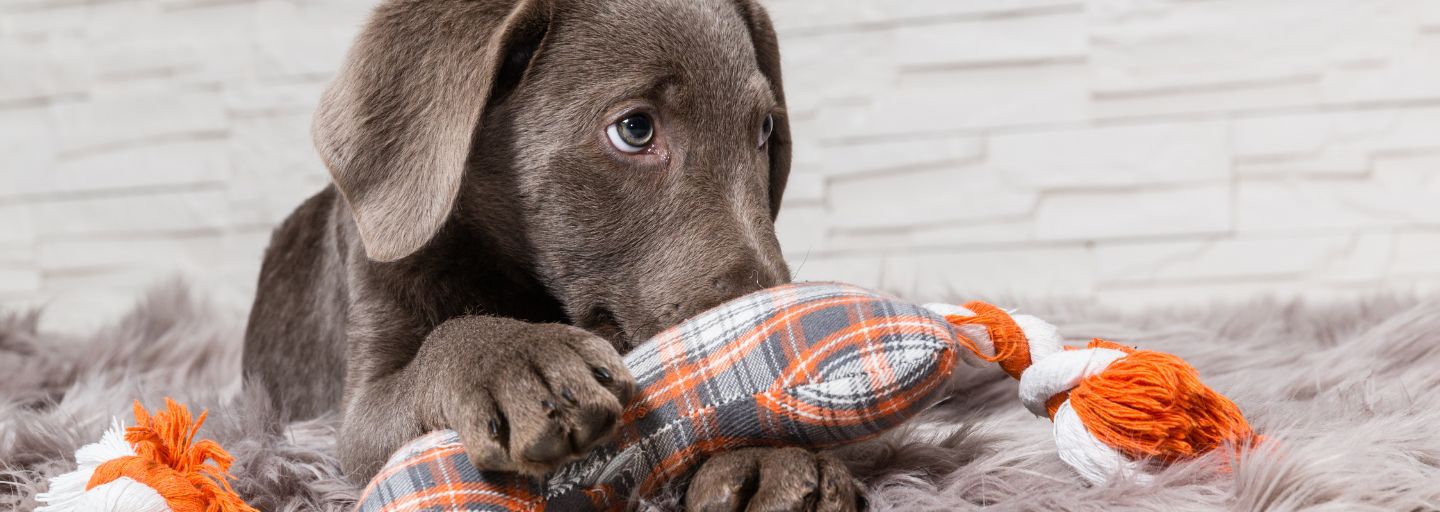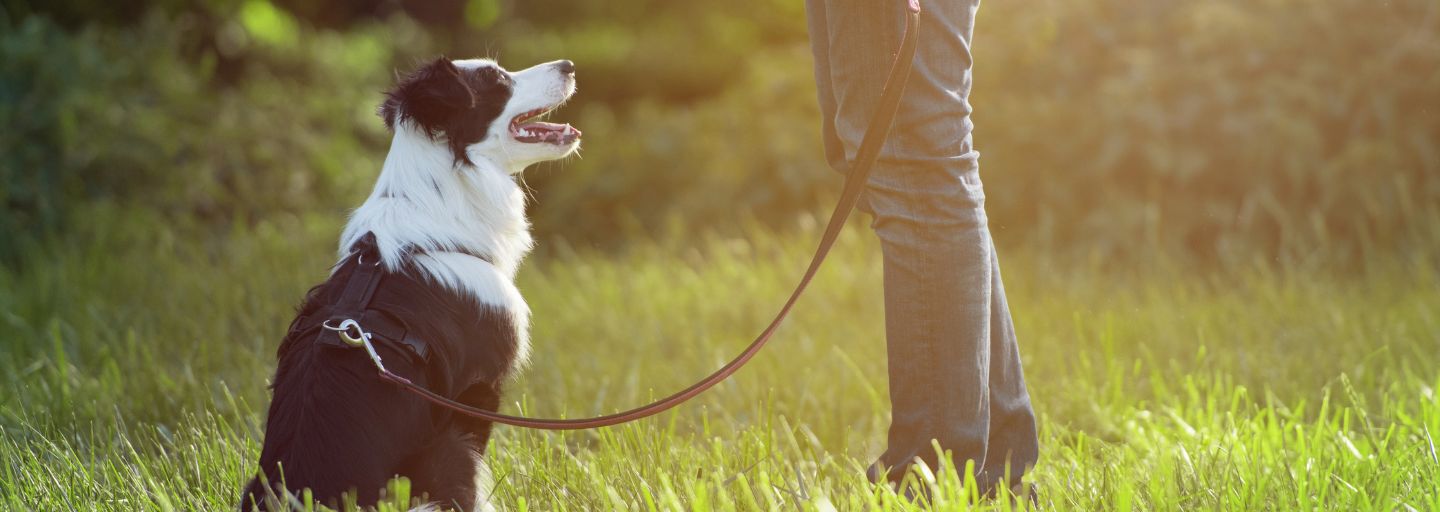Does your dog lift their leg against every lamppost? Or insist on stopping at every street corner on your walk? Most owners accept that marking behaviour is an important part of their dog’s life (especially male dogs), albeit a part that humans cannot completely understand. We especially cannot comprehend canine marking behaviour when it occurs inside our homes!
If you have noticed the pungent aroma of dog pee around your home or stepped in a wet puddle on your best rug, you may despair of ever completely toilet training your dog.
Many animals use urine, and sometimes even faeces, to mark the area that they consider to be theirs – their territory. Territory marking lets other animals of the same species know that a conspecific is present. Urine also communicates the reproductive status of the individual and their status rank.
Just because our pooches now live a pampered life alongside humans does not exclude them from retaining their primitive canine habits. It does tend to be entire males who mark the most, although desexed males and females can also mark their territory.
Outdoor urine marking is acceptable behaviour to most owners. It is when marking or urination occurs indoors that frustration begins. Obviously, all dogs can have a toilet ‘accident’ now and then, when they cannot get outdoors or they prefer to stay indoors when it is raining outside. Some dogs, however, persistently mark inside their homes.
This behaviour does tend to be more prevalent in multi-dog households, or in homes where other dogs visit regularly. It is also more common in entire dogs. Occasionally, this inappropriate toileting behaviour occurs due to stress. Dogs who are a little anxious may deposit their urine around your home. Common stressors include other dogs (both within your household and in your neighbourhood), children, guests, new scents or sounds within your home, and being left alone.
How to stop dog marking problems
The following should help you deal with your dog’s urine marking.
Vet check
If your dog is urinating around your home, the first step should be a vet check. There may be medical reasons for your dog’s behaviour and these should be addressed. If your dog has not been desexed, consider doing so, as this may improve the marking behaviour. If the marking behaviour has become a habit, your dog may still continue after being desexed, but most dogs cease marking as profusely as when they are entire.
Home check
It is important that you clean up any urine or faeces thoroughly, using an enzymatic cleaner. Human cleaning agents often do not completely remove the scent of urine and the dog is then attracted back to the same spot to toilet. Enzymatic cleaners ensure all scent residues are removed. A UV blacklight torch can show areas of your home that still have urine.
If your dog repeatedly marks in particular areas, you should prevent their access to these spots by closing doors or confining your dog to smaller areas within your home. Supervise your dog at all times when they are within your home. It may help to have them on a lead. Alternatively, placing food at these spots (after cleaning thoroughly) and playing or interacting with your dog in these areas may help your dog associate these areas with living, rather than marking or toileting areas.
Toilet basics
If your dog is marking or relieving themselves within your home, go back to basics with toilet training. Take your dog outdoors to your preferred toileting spot after every sleep, rest, meal, play, or training session. Praise them when they toilet. If they do not toilet, bring them back indoors and return outside again after 30 minutes.
Stress check
If you believe that your dog is stressed, removing the source of the stress should diminish the amount of urine marking around your home. Whatever your dog is sensitive to needs to be gradually introduced to your dog, in a positive manner, to desensitise them. So, if your dog is stressed by visitors, for example, you should introduce them very, very gradually, preferably even outside of your home to begin with.
Dogs with separation anxiety should be introduced to being left alone very gradually by owners separating from them when you are at home together. Always leave your dog with an activity to occupy them, for example, a food-releasing toy. More tips on separation anxiety here.
If your dog’s stress levels are not improving, it may help to seek some professional behavioural help. Anti-anxiety medications, available from your vet, may help, as may the use of dog pheromones.
Marking territory on walks
If your dog’s marking behaviour when on a walk annoys you, work on training your dog. Encourage your dog with commands and rewards such as treats to keep moving. Remember, however, that sniffing their environment is important for your dog, and they should be given ample opportunity to explore their world.
Please also bear in mind that marking is normal dog behaviour, and we should never punish our dogs for it. Instead, take steps to reduce it by ensuring your dog has a stress-free, healthy life and lots of opportunities for learning and fun.







